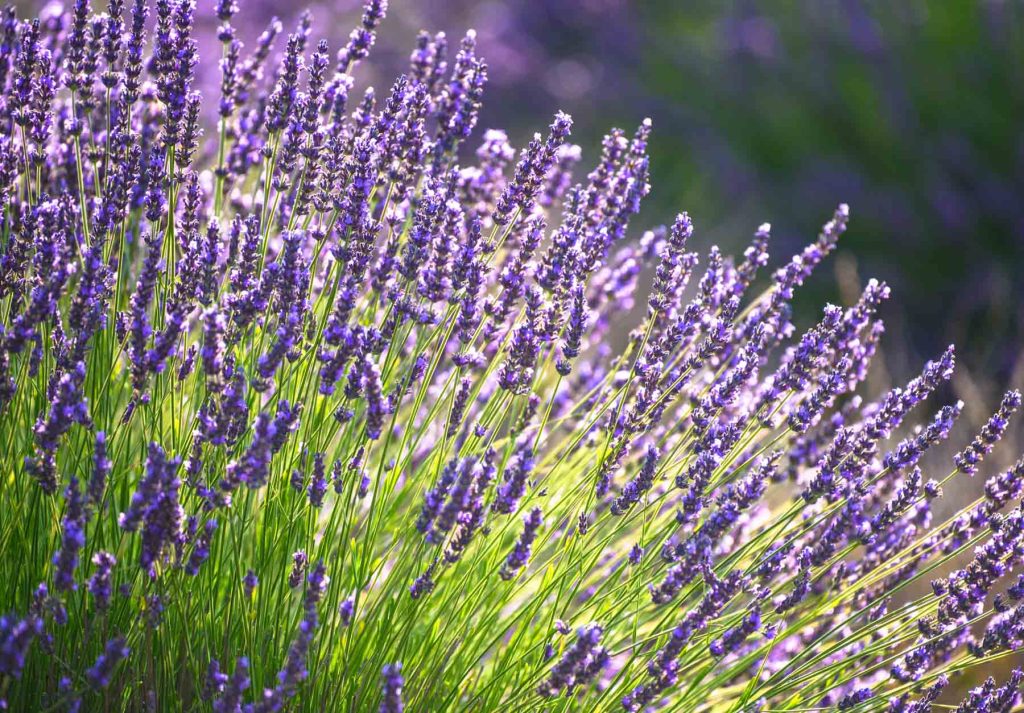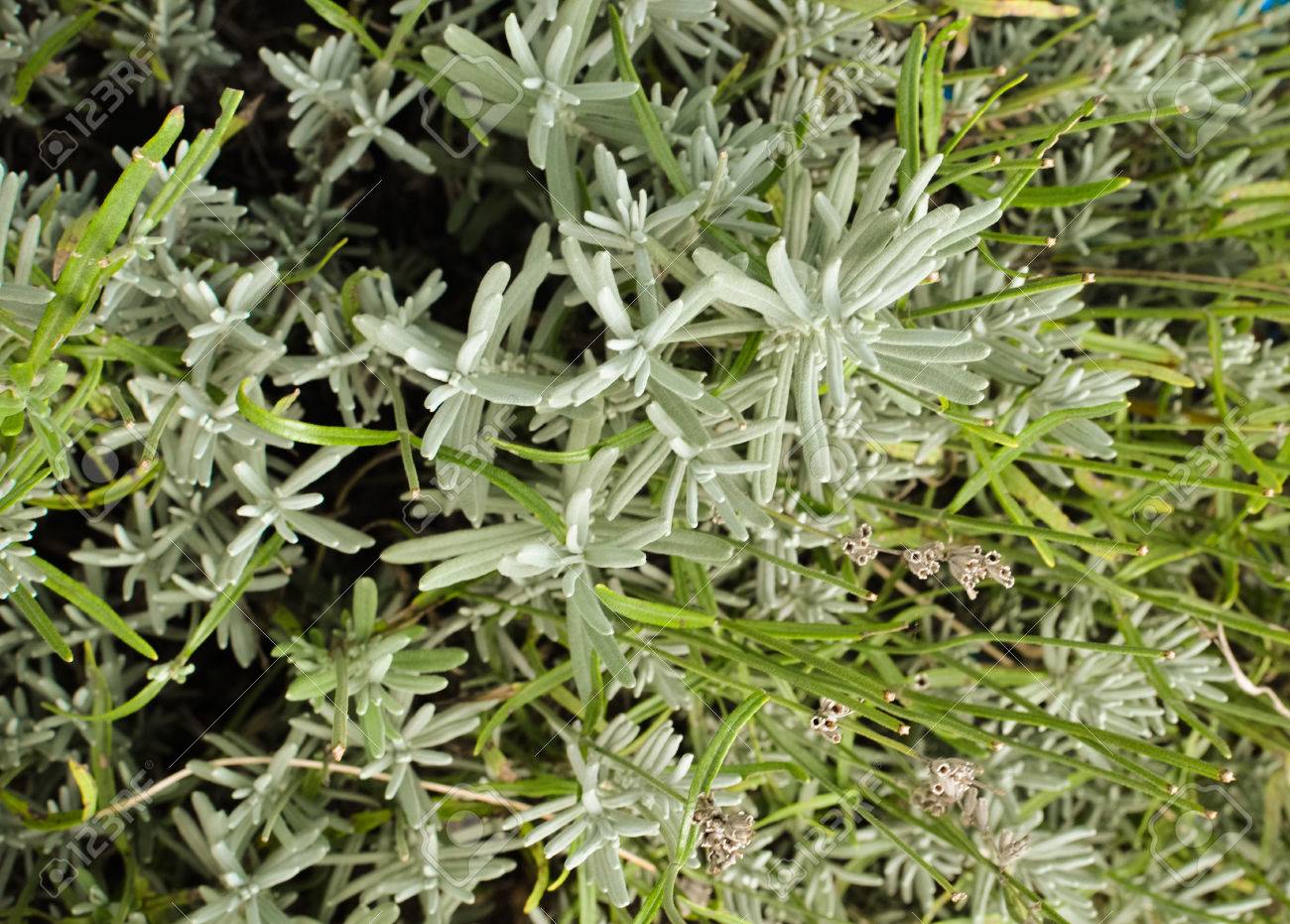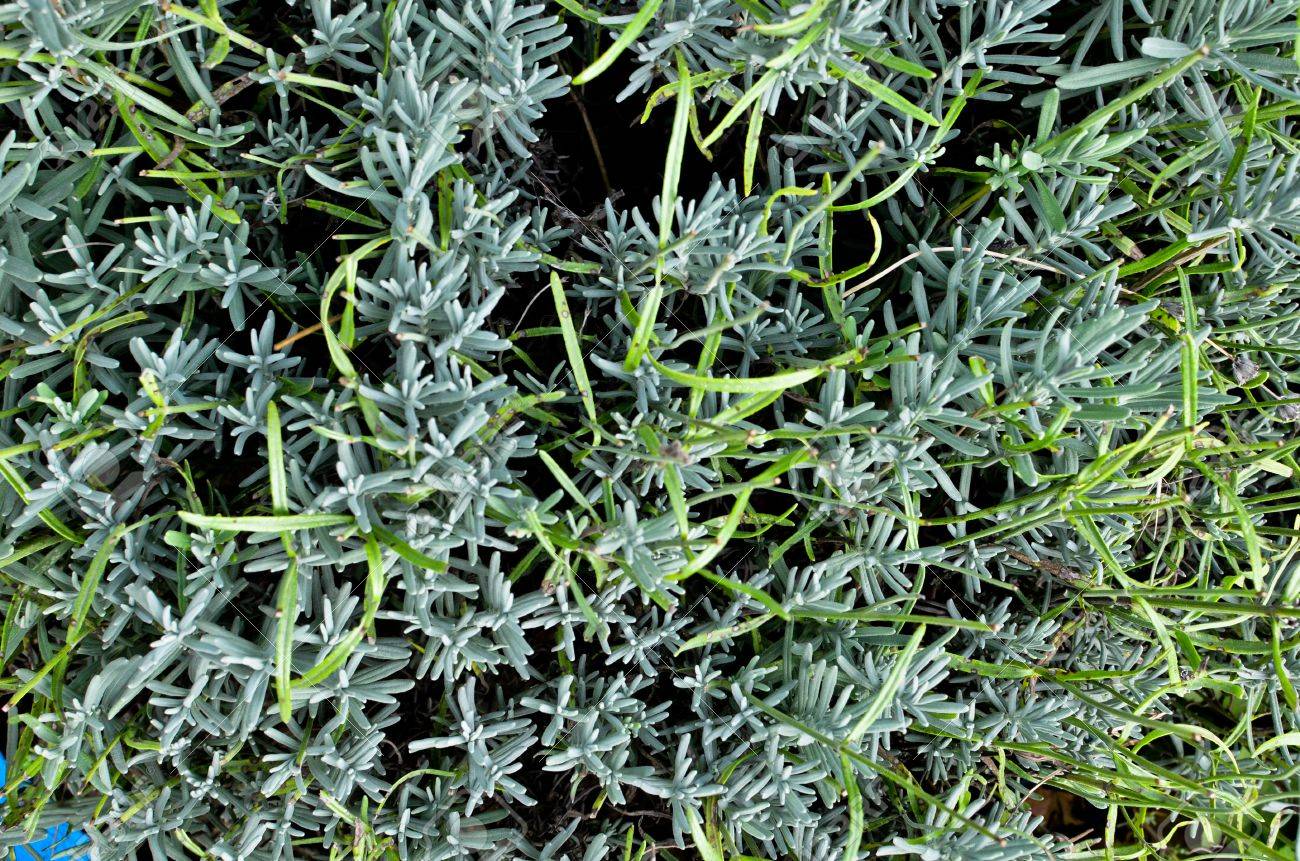
All species of lavender flower somewhere between the spring and summer, assuming they are given the proper care.
A stressed-out lavender plant will not have produced many, if any, flowers during the growth season. There are several reasons why lavender can be too stressed to flower, and the healthier the plant is, the better it will bloom.
- Lavender cannot bloom because the earth is too fertile (lavenders require low fertility)
- Additional fertilizer encourages the growth of foliage at the expense of flowers.
- Lavender plants will flower less if they receive less sun.
- The soil where the lavender is grown is acidic (Lavenders require alkaline soil)
- Lavender that has been overwatered will be stressed out and less likely to flower.
- Fungal disease is brought on by the delayed drainage of the soil.
- The humidity level is too high for lavender to bloom.
- Transplant shock is affecting the lavender.
- The season is not right for blossoming.
Continue reading to learn more about the potential causes of your lavender’s possible failure to bloom as well as any steps you may take to guarantee flowering the next year.
Table of Contents
1. Fertile Soil Prevents Lavender Flowering
The lavender is typically grown in rich, fertile soil, which prevents it from blossoming.
This may seem counterintuitive because the majority of commonly grown plants thrive in rich, nutritious soil.
However, in its natural habitat of the Mediterranean in Southern Europe, lavender plants are adapted to poor fertility, sandy, or gravelly soils.
Despite adding very little nutrients to the soil, sand and gravel give lavenders the ideal soil structure.
For lavenders, it is much more crucial to have soil that drains fast and retains minimal water because they prefer to have their roots kept fairly dry in between watering sessions.
The greatest oils, fragrances, and flower displays of lavenders are produced in these nutrient-deficient soils.
High fertility soils encourage abundant foliage growth at the price of flowers and will harm healthy lavender plants.
High nitrogen soils will cause lavender plants to develop languidly with yellow foliage and most likely provide few or no blooms.
This can be fixed by amending the soil to mimic some of the conditions that lavender prefers in nature. Fortunately, doing this is fairly easy.
The soil should be about 30% sand to 70% dirt, although it is preferable to have too much sand than not enough, so be generous. Gently fork out the lavender plant from the ground and dig in plenty of sand or gravel.
Follow the instructions in my article, How to transplant lavender effectively, for further details on modifying the soil to balance fertility.
The optimum time to do this is in the spring, but if your lavender is turning yellow (a symptom of too much nitrogen), you’ll need to do it faster. Also, avoid transplanting during the winter because lavender roots find it difficult to establish themselves in soil that is too cold.
The lavender should recover and bloom the next year if the soil has been treated and other factors (such as full sun and well-drained soil) are present.
2. Feeding Lavenders will Reduce Flowering

Lavender needs the nutrients Nitrogen (N), Phosphorous (P), and Potassium (K) like all other plants (K). Lavenders are not heavy feeders, therefore providing them with too much fertilizer in the form of these nutrients would prevent them from flowering.
Again, this is because lavenders are accustomed to growing in sandy, alkaline soils of Southern Europe in nations like France, Spain, and Italy. In fact, they thrive in these conditions, needing just one watering every two weeks, intense sunlight, and low nutrition soil.
Fertilizing lavenders can encourage lots of leggy foliage development and prevent flowering, which is the opposite of what any lavender gardener wants to happen.
The most important factors that influence a lavender plant’s ability to produce flowers are sunlight, the proper watering schedule, soil that somewhat resembles the plant’s natural habitat (which is simple to achieve), and twice-yearly pruning. As a result, skip the fertilizer in favor of consistent good maintenance.
I would advise you to take your lavender from the soil and replant it in a different spot if you have fertilized it because this soil will be too fertile for the lavender to flower to its maximum potential.
3. Not Enough Sunlight to Flower

Lavenders are accustomed to the Mediterranean’s bright climate, where plants thrive in full sunlight.
While some varieties of lavender, such as English lavenders (Lavandula angustifolia), do not require the intense heat of the Mediterranean to grow or produce an abundance of blooms, all lavender species require as much sunlight as they can get.
In the spring and summer, lavender plants need six hours of light per day to flower (ideally in the early sun), but the more sunlight, the better.
Move the lavender or transplant it to a pot and set it in a sunny spot. If it receives less than six hours a day of direct sunlight, the lavender will be very stressed, unable to flower, and potentially even die.
4. Lavenders Need the Right Soil pH to Flower
It is necessary to plant lavender in soil with a pH of 6.5 to 7.5. Although they may withstand a small amount of mild acidity, lavender plants prefer slightly alkaline soils. Most garden soils have a pH of 6-7, where a pH of 6 is acidic and a pH of 7 is neutral.
So it’s likely that the acidity of your garden soil is a little bit too high for lavenders to grow well and produce flowers.
In order to improve the pH of the soil so that it is suited for lavender growing, you may need to test the pH and amend the soil with agricultural lime or wood ash (which are both alkaline).
(To quickly evaluate soil pH in your garden, I suggest investing in a soil gauge, which is simple to use, doesn’t require technical expertise, and is quite reasonably priced on Amazon.)
5. Over watered Lavenders May not Flower
Lavender plants that receive too much water won’t be able to flower and are more prone to develop the fungus root rot. During the growing season, lavender plants only require sparing watering (once every two weeks), and mature plants will likely get all the moisture they require from rainfall without further irrigation. (Read my article on how frequently lavender should be watered for more details.)
6. Lavenders in Slow Draining Soil can Prevent Blooms
Planting lavender on soil that drains too slowly will result in the same issues as overwatering it. Lavender will either be too stressed to flower or may succumb to the fungus root rot if the soil is constantly moist.
Lavender must be grown in soil that enables extra water to drain away from the roots. Clay-rich soils have a tendency to hold onto water, making them unsuitable for producing lavender. Read my advice on how to amend and alter the structure of clay soil in your garden if you want to grow lavender.
7. High humidity is Detrimental to Lavender Flowering
Lavenders can withstand breezy, seaside climates and are accustomed to bright sunlight and low humidity. In humid regions, lavender may not grow or flower well. High humidity might result in a fungus that browns the foliage. The lavender will become stressed as a result and cease to blossom.
Transplant Shock can Reduce Flowering
Stress on the plant can also result from transplant shock caused by planting or transplanting lavender at the wrong time of year or into unfavorable settings. Early spring, when the ground has warmed up, is the ideal time to plant or transplant lavender.
Lavenders dislike being relocated or planted in the winter since their roots will find it difficult to adapt to the colder, moister soil, and as a result, they risk developing root rot. Learn how to transplant lavender while minimizing transplant shock in this essay.
9. Not all Lavender Varieties Produce Flowers at the Same Time
All lavenders should bloom at some point during the spring and summer growth seasons, if the plant is healthy.
One of the most popular garden lavenders is English lavender (Lavandula angustifolia), which blooms for about four weeks in late spring to early summer. This usually occurs between the final two weeks of June and the first two weeks of July, but obviously this might change owing to unpredictably bad weather.
Although the blossoms of French (Lavandula dentata) and Spanish (Lavandula stoechas) lavender last far longer, these varieties should only be cultivated in mild winter areas with occasional frost.
French and Spanish lavender can flower in the correct circumstances from Spring through late Summer and into the Fall, especially if plants are deadheaded frequently to promote greater flowering.
Consequently, depending on when you purchased the plant, it may be that your particular cultivar of lavender has not yet flowered or that you missed the window of blossoming.
Key Takeaways:
- Stress on the plant is frequently the cause of lavender’s failure to bloom.
- Sandy, low-fertility soils are ideal for lavender cultivation. The lavender will grow lanky and produce fewer flowers if the soil is overly fertile and rich in nutrients. The same result will occur if you feed lavender plants—the yellowing of the leaf, a sign that there is too much nitrogen in the soil.
- If lavender is planted in too acidic soil, the plant will suffer. Although they will survive some minor acidity, lavenders generally thrive and bloom the best when planted in slightly alkaline soil (lavender can flower in soils that are between pH 6.5 and 7.5).
- Lavenders are drought-tolerant plants that require little water and suffer from slow-draining soil. Both of these things have the potential to have lavender plants contract the fungus known as root rot, which will probably prevent the lavender from blossoming.
- A decent floral show will be hampered by overly humid climates that stress plants and make them more vulnerable to fungus diseases.
- While the lavender plant may fully recover and flower the following growing season, planting or transplanting it at the incorrect time of year or into unfavorable conditions may shock the plant and restrict flowering that year.
- While French and Spanish types can flower from spring till fall, they are less cold hardy than English cultivars, which flower in late spring and early summer.
